A Timeline of the Discus Industry
Dr. Johann Jacob Heckel was the first scientist to write about the discus in 1840. He discovered the Heckel discus, which is native to the Manaus (Rio Negro) area in central Brazil. Subsequently, other strains of discus were discovered, including the 1903 green discus, documented by J. Pellegrin. Harald Schultz discovered the brown discus and the blue discus in 1955, which he documented in 1960.
The discus has been in Malaysia since the early sixties. At that time, their price was so high that only a few hobbyists could afford to collect and breed discus. The discus were very rare and new, and the only variety available at that time was the brown discus.
Hobbyists imported the Heckel (also spelled Heckle) discus for their own personal collections. The Heckel was soon bred with the brown discus with much success, creating the Heckel brown discus. The Heckel has been successfully bred with several other strains since then.
Breeding was a difficult challenge to hobbyists as the water quality needed to be very precise, and the breeding habits of the discus were relatively unknown. Discus need the water quality to be that of their native Amazon River: soft, acidic and warm. Many attempts were made to breed the discus, with many failures. The first European import of discus fish was in 1921, but the first successful import to Europe was in 1932, by H. Hartel. The first successful breeding was discussed and published in 1960 by Dr. Eduard S. Focke and Professor Dr. E. Van Slogteren.
The first documented color variation breeding was the turquoise in 1969. Until then, the colors were limited to blue, green, brown, and Heckle. These were mostly tan fish with a few blue/green striations. In the late eighties and early nineties, new strains began to be imported from Jack Wattley, including the Wattley Turquoise. Dr. Eduard S. Focke is famous for his breeding, including the Red Turquoise. Soon, these strains and others could be found in Singapore markets. Around this time, other Hong Kong and Bangkok discus began to crop up in Malaysian discus markets.
Around this time, American breeders starting creating more colorful strains with thicker blue stripes that covered the whole body. After the Turquoise came the solid blue Cobalt discus. The Ghost, Blue Diamond, Snakeskin and Pigeon Blood strains were created in Asia between the late 1980s and early 1990s.
Penang Island was the leader of breeding and exporting with their excellent water conditions for discus. From 1987 to 1993, there were roughly 30 discus farms, ranging from 100 to 500 tanks, with 20 to 50 breeding pairs and about 120 home-breeders, with 30 to 80 tanks and 10 to 20 breeding pairs.
With Penang’s success, discus soon spread to other states of west Malaysia, like Johor, Negeri Sembilan, Selangor and Perak. Soon, these states were breeding and producing high quality discus at a rapid rate.
QUESTIONS
- How are discus similar to or different from other fish you know about?
- Which discus species mentioned in this article are most interesting to you?
- Are you interested in learning more about discus history by reading the other Learning Center articles?

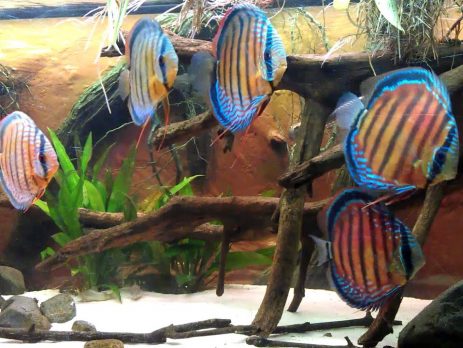
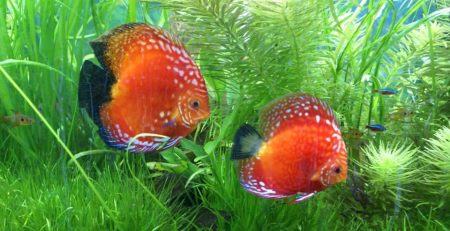
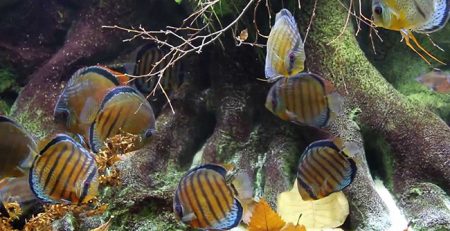
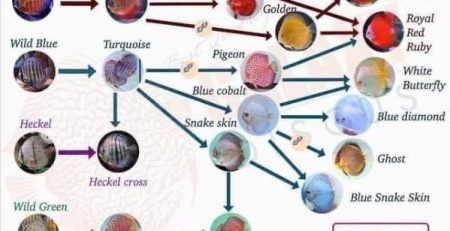
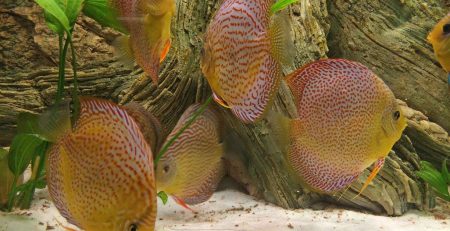
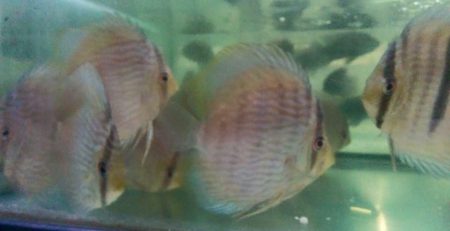

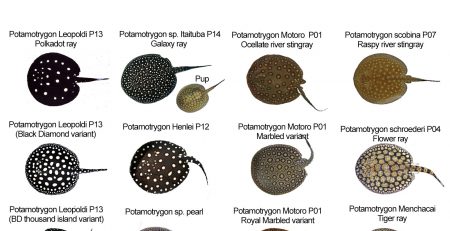
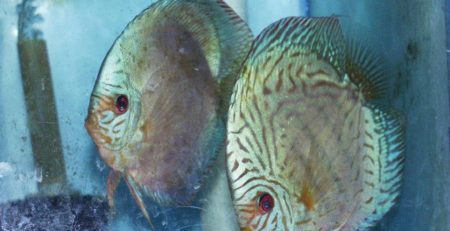
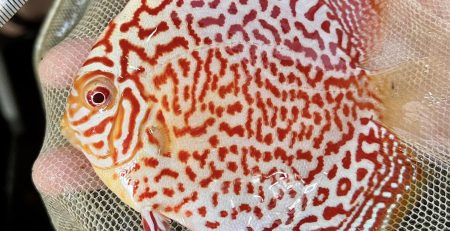
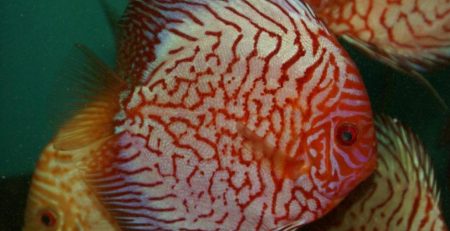
Leave a Reply
You must be logged in to post a comment.